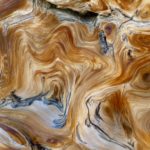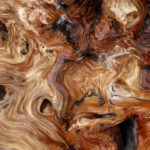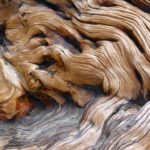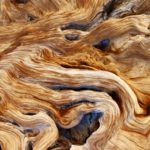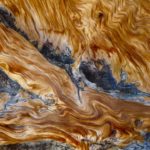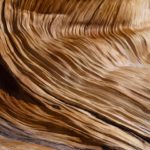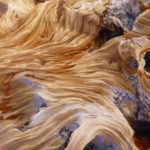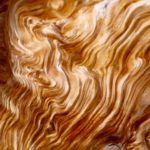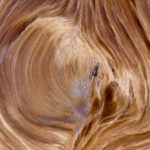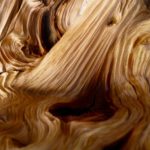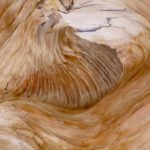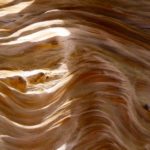Love for Great Basin Bristlecone Pines
Posted on September 2, 2017 by Amy Lenzo
I just posted one of my favorite visual/written sequences on Great Basin Bristlecone Pines from writer, photographer and nature-lover David Malinsky in the ICE (International Community for Ecopsychology) blog.
Here is a gallery of some other favorites from his keen eye (open this post and then click the images – twice – to see them full size):
And here are some clues from David on to how to look at them:
1. The images really serve best as a “one at a time” experience, even if they are part of a sequence. They are meant to both hint at something particular, yet at the same time to be naturally vague, and allow for exploration (the “natural” part matters because it means movements beyond the confines of how the human imagination might present something, so that in most of the images there is not a hint of a beginning or end, only a movement). That exploration needs to be untimed, so that the viewer can allow the image to unfold across their own imagination. So if it is to be slide show it must be self-directed, and not automatic. Ideally there would not be a hint of a “next” that is coming up, because that can serve as an unnecessary distraction to the current image. That will be a delicate work around, but the attempt will be to have the viewer one-on-one with both a concept and an image, for as long as they need to be.
2. Part of what will need to be established as an introduction is that these images are not quick splashes across Nature’s canvas, but instead long, slow and purposeful movements across time, which should alert the mind of the viewer to notions of thoughtfulness. There are decades in the making of many of the patterns, hundreds of years for some, and perhaps into the thousands. Many of the curves in the paths are reactions to adversity, so instilling those notions of time is important. Ideally, if developed properly it slows the senses of the viewer, allows them to be suspended in a spiritual weightlessness, and can change to scope of how a problem of their own is being viewed (the magic bell we are trying to ring). There are a lot of possibilities in terms of presenting this time element, like a close-up that expresses slowness of movement, and makes the faded area ancient.


